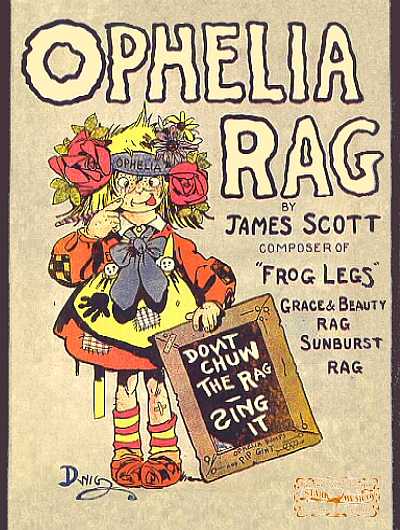
|
Clare Victor Dwiggins (June 16, 1874 to October 26, 1958) |
 Selected Covers (Hover to View) Selected Covers (Hover to View) |
Clare Victor Dwiggins, a native of Clinton, Ohio, was born June 16, 1874 to Charles Dwiggins and Mary (Shepherd) Dwiggins, the oldest of three children, including Claudia (1877) and Vincent (1879). He was named for County Clare in Ireland and for the famed author of Les Miserables, Victor Hugo. The family moved to Wilmington, Ohio soon after his birth. In his early teens Clare and his friends formed a "traveling college of art" doing free-lance work for anybody who would pay. He listed himself as a "professor of free-hand drawing."
When he was sixteen, Dwiggins left his regular schooling to apprentice in an architecture firm. While there, at some point over the next eight years, he started his drawing career as a newspaper cartoonist in 1897, a time when strips were in their infancy and most cartoons were still single panel gags.

 In 1898 he left the architecture firm to join the St. Louis Post-Dispatch as a staff cartoonist, earning a mere two dollars per week.
In 1898 he left the architecture firm to join the St. Louis Post-Dispatch as a staff cartoonist, earning a mere two dollars per week.


Among Clare's running features in the beginning were J. Filliken Wilberfloss, Them Was the Happy Days (nostalgia even back then) and Leap Year Lizzie. By 1900 he was living in Philadelphia and listed as an artist, recently married to his wife Betsy Lindsay. When his works evolved into comic strips by the middle of the decade, Dwig, as he was nicknamed, produced the long-running and popular School Days, Ophelia Bumps and Her Slate, Tom Sawyer and Huck Finn, and Nipper. He also produced a number of witty and colorful post cards that are now highly collectible. Betsy was reported to have been his model for many of them.
By 1907 the couple was living in Manhattan. In the 1910 census Dwig was listed as a newspaper cartoonist. This would coincide with the time period when St. Louis publisher John Stark was also located in the New York, and would have commissioned the two covers of Dwig's work he featured. It is not clear whether composer James Scott specifically wrote Ophelia in reference to the comic series by Dwig, but he was evidently the only composer to get any covers by the cartoonist.
Dwig truly enjoyed life with a sense of humor and had a retreat at Canada Lake in the Adirondack Mountains, a location that became famous for many wild weekends and summer vacations, as well as a natural outdoor inspiration for his famous newspaper and author friends. Many of them enjoyed visits to his "Dwigwam" in the scenic woods. In 1920 he was found in Plainfield, New Jersey with Betsy, Phoebe (1910) and Donald (1913), again listed as a newspaper cartoonist. By 1930 the family had moved to more upscale Johnstown, New York, and he now listed himself as a studio cartoonist. In the late 1930s the Dwiggins family moved once again, this time to Los Angeles, California where Dwig worked with the Disney studios and as a newspaper cartoonist, the occupation he listed in the 1940 census. He also illustrated children's books including five published by August Derleth. Dwig worked nearly until his death in October 1958 in North Hollywood, California.
As Dwig often fondly remembered his small home town of Wilmington, Ohio, he likely responded well to requests from Midwest publishers for custom work. Some of his later works, such as an illustrated version of Tom Sawyer and the exploits of a character simply named Bill sold very well and are highly collectible today. On the two covers that are shown here, note Dwig's sense of whimsy mixed with madcap creativity.